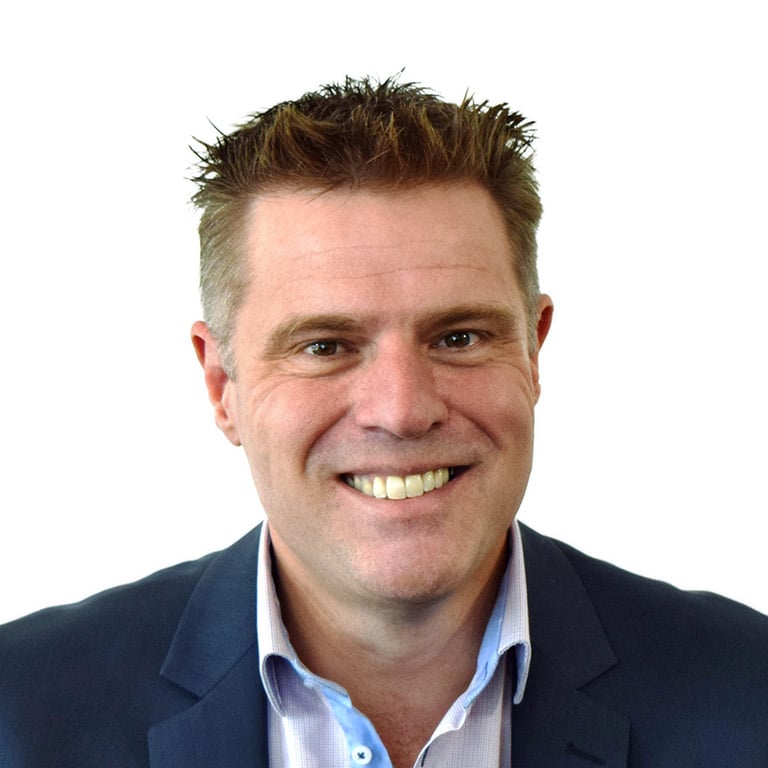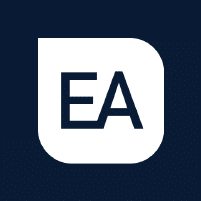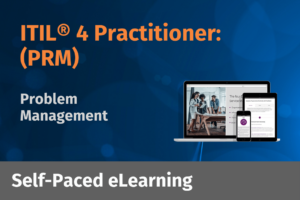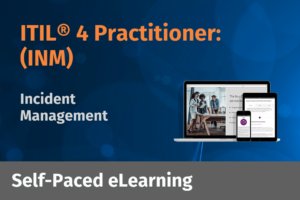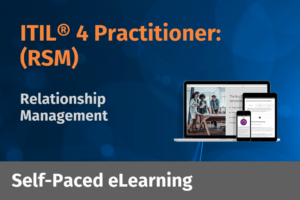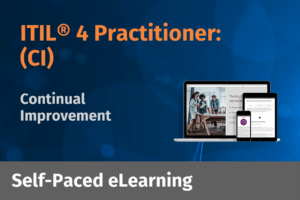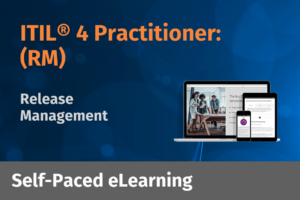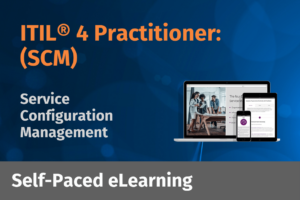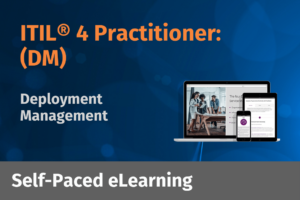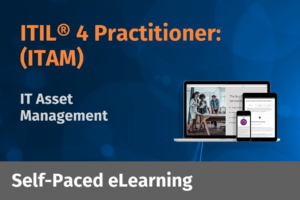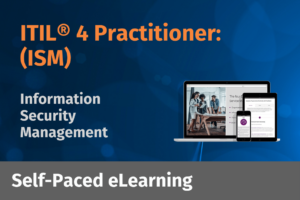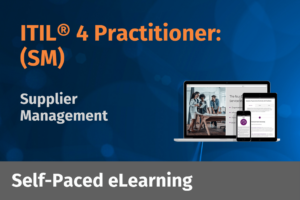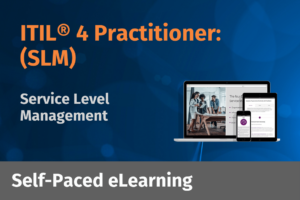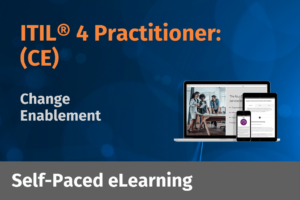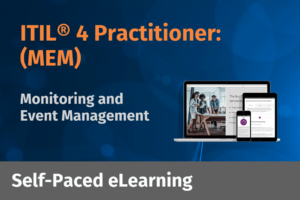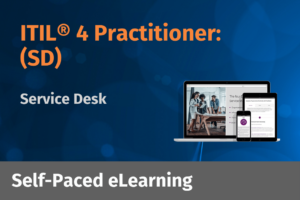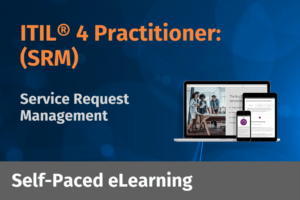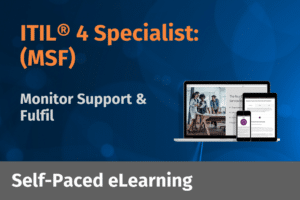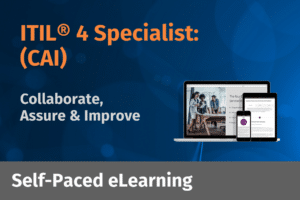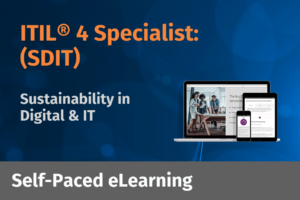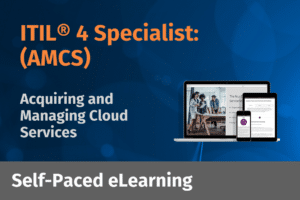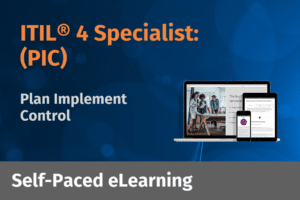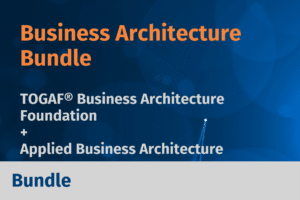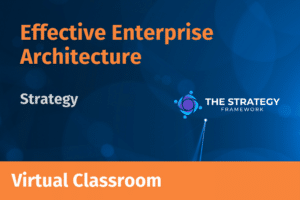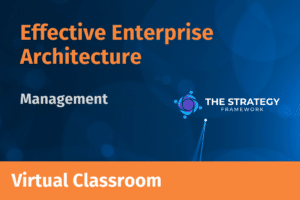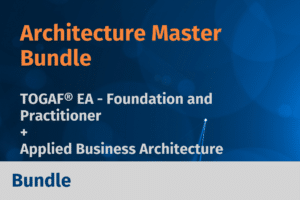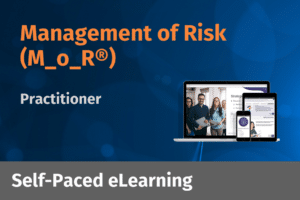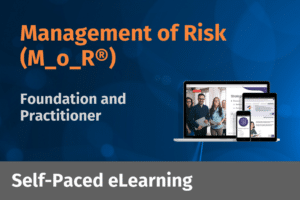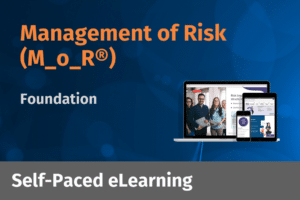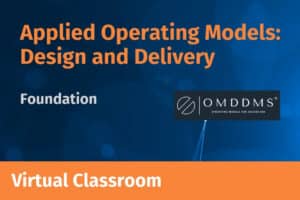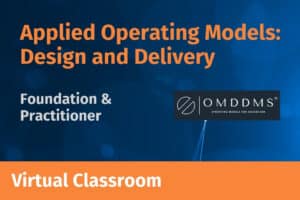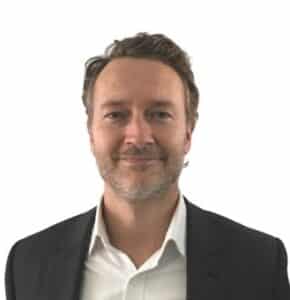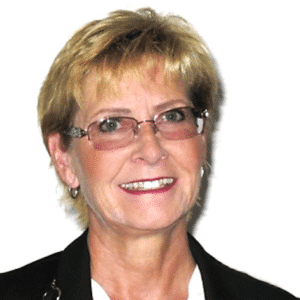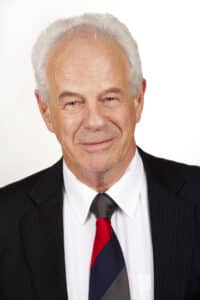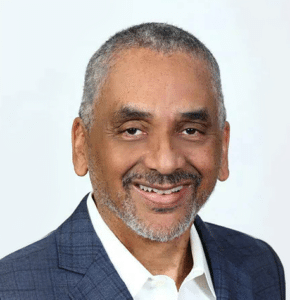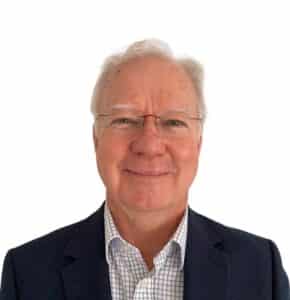The interesting paradigm is that while most people can’t agree on where they are, there is often clear agreement on where they want to be.
Whenever you are setting off on a journey, be it a trip to the shops, an overseas holiday, a journey of personal discovery or a process to Transform an organisation, one of the key determinants of success is knowing where you are starting from.
I recently walked into a large shopping centre on a mission to buy a christening present for a friends son. I was very clear on what I wanted I just needed to find it… I was on my lunch break so I need to get the job done as I had a meeting that I needed to attend back in the office straight after lunch!

I am not a frequent shopper and to be honest I find the crowds and the volume of options at shopping centre’s both distracting and stressful. After walking in from the street the first thing I did was look for a map to show me where I needed to go. I quickly found the map and the section that I needed which was on the 4th floor. There was a big red arrow on the map saying You Are Here. The problem was I wasn’t a 100% sure where You Are Here was, in relation to where I wanted to get to on the 4th floor!
I knew that I had to get to the fourth floor, but was I on the ground floor or the first floor, and where were the escalators and elevators that I needed to find? When I looked at the map again it dawned on me that I wasn’t even sure as which way I was facing. Given that I was time constrained and needed to get this job done, my anxiety levels started to rise. Should I just start walking to where I think the escalators and/ or elevators were, or should I take a couple of minutes to orientate myself?
I did a quick environmental scan and identified a couple of the nearby shops which allowed me to determine which floor I was on. I then found the entrance that I had come in from on the map which allowed me to orientate myself. The easiest option was to take the escalator, as they were closest. I had a clear map in my head of where I was, where I needed to go, how I was going to get there and what I was going to do when I arrived. My anxiety levels immediately decreased as I felt confident that I would be able to get the job done and be back in the office before my next meeting.
The key piece of information that facilitated the whole thing was I knew where I was starting from. To use Business Architecture parlance, I understood my current state!
Whenever you are setting off on a journey be it a trip to the shops, an overseas holiday, a journey of personal discovery or a process to Transform an organisation one of the key determinants of success is knowing where you are starting from. While it sounds simple in practice it is one of the most difficult tasks in the Business Transformation process.
When you speak with stakeholders within an organisation undergoing Transformation about the current organisational state you will often get as many views as there are business functions within the organisation. Often to the point that there is often not even agreement on what Business Model the organisation utilises or even what business they are in.
The interesting paradigm is that while most people can’t agree on where they are, there is often clear agreement on where they want to be! In most cases, the board has set a clear strategy which has been codified into the annual business plan and presented to management. The goals and objectives detailed in the business plan are aspirational, without a detailed understanding by the executive of what the organisations’ current capabilities are, and it is the role of management to figure out how to deliver them.
Management identifies initiatives required to achieve the business plan, goals and objectives and allocates budgets. The initiatives are usually developed based on functional responsibilities and often in isolation to the rest of the business. Management then starts executing on the Transformation initiatives, and this where the wheels often fall off the Transformation process.
The main reason for this is that there is no clear plan or blueprint to define the organisations’ current state to connect the business plan to the Programme of Transformation initiatives. There is no Business Architecture to clearly direct people on their journey, and in many cases, people aren’t 100% sure what specifically needs to change. They just know that there are goals set out for them in the business plan and they need to meet them.
What ensues is a lot of activity and consumption of resources without many tangible outcomes.
In most cases, Transformation teams are clear on the Target Operating Model (TOM) that they want to achieve but they are not able to clearly define their current operating model and consequently, do not know what the most efficient and effective way is to achieve the TOM. Every year in Australia millions of dollars are spent on Business Transformation initiatives that do not deliver any demonstrable business improvement and one of the fundamental reasons for this is that organisations set off on their transformation journeys without a sufficient understanding of where they currently are.
A quick postscript to my shopping journey. I made it to the 4th floor without too many distractions. When I got there I couldn’t find what I was looking for, but luckily as I was in the right area for Christening presents I found an alternative that was better and returned to the office in time for my next meeting. If only all journeys were so simple.
If you are interested in our Business Transformation training, please contact us for more information on how we can assist.

